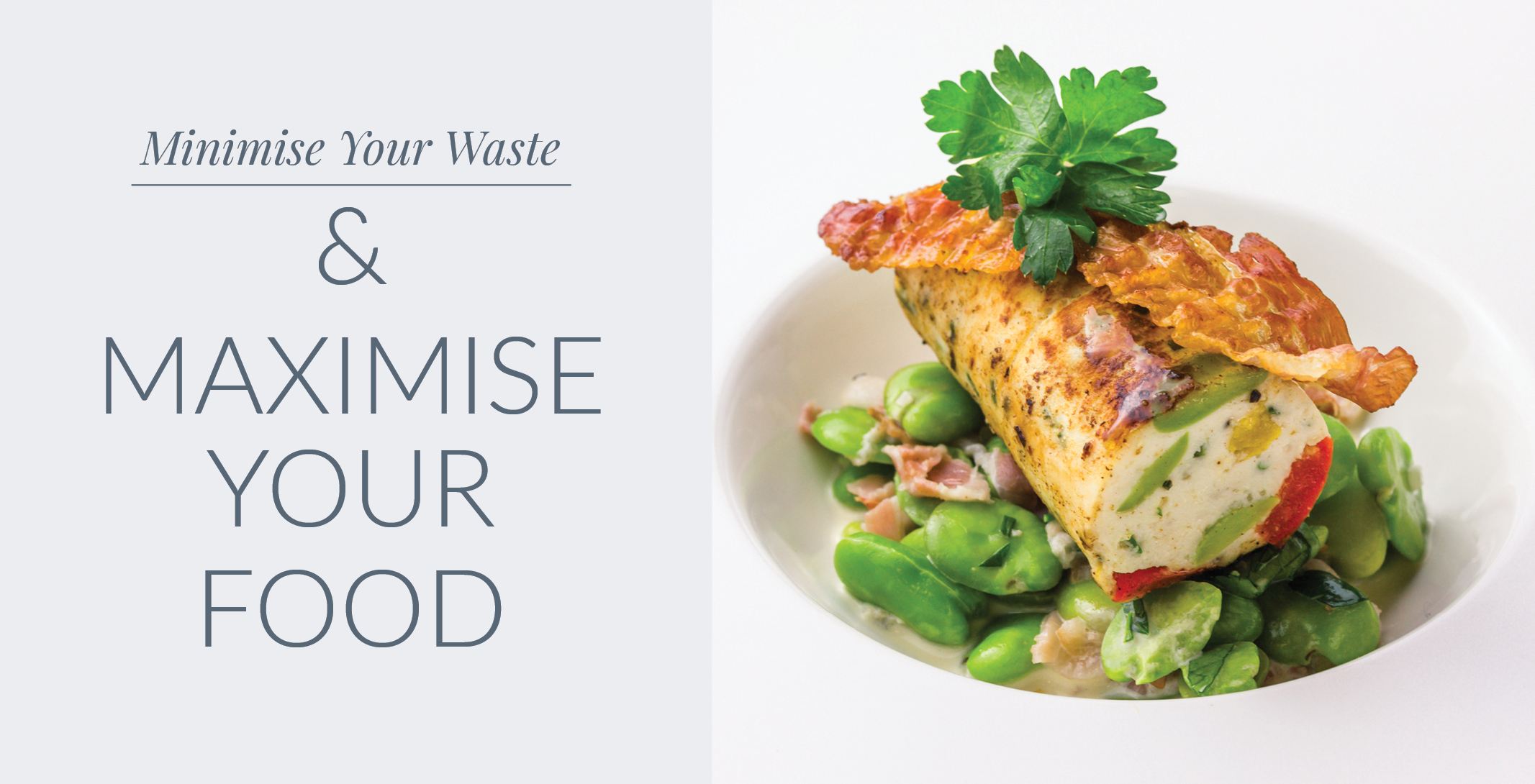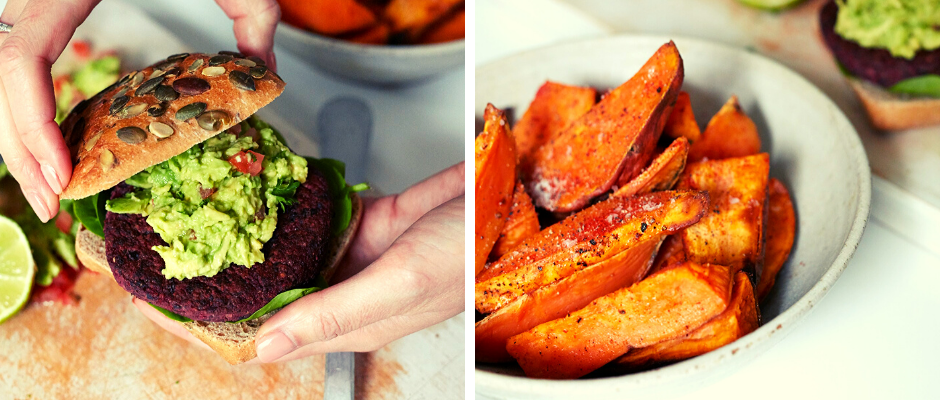Minimise Your Waste & Maximise Your Food
Inspiration | 2nd May 2018
The FoodService industry is constantly evolving and businesses are always looking for ways to become more profitable, more sustainable and more competitive. This means that minimising your waste and maximising your food is of critical importance to achieving these goals. By operating in a fashion whereby your business strives to reduce waste and maximise food, you will cut costs, increase profit and last but not least, reduce environmental impact. So how can your business achieve all of these things? Our Chefs, Clement Pavie and Joseph Roche, have come together to show you how:
Minimising Your Waste:
Food is money and food waste in a restaurant must be kept to a minimum. For the vast majority of restaurants margins are tight and a menu that allows a chef to utilise their stock is essential in reducing waste. Later in this post, we will demonstrate how you can maximise the product in your kitchen but first let’s look at methods for minimising your waste.
IN THE KITCHEN
Food Practices: Invest in high-quality kitchen equipment for preparing and processing produce. Use good quality knives for peeling fruits and vegetables. In the long run the difference in the quantity of food waste will have a big impact on reducing waste.
Utilise Your Produce: When planning a menu remember to think of food waste. What produce can I diversify throughout the menu and how do I reduce items on the menu that could possibly lead to food waste? What food am I throwing away and why? For example, items such as potato skins and one-day old bread are often binned. The potato skins can be sold as crispy potato skins and the bread can be blended as a crumb for deep fried chicken. Think of what is going in the bin and how you might be able to use it on your menu!
Manage Your Fridge: Food waste will occur when food goes bad in the fridge which is typically caused by over anticipating sales or the original produce received is of bad quality. Rotating stock is important to avoid valuable produce going sour. Getting to know the stock in your fridge and how it tends to rotate is key to reducing your overall waste. Keep in mind that fresh produce will reduce your kitchens food waste as unused high quality food will typically have a longer shelf life in the fridge.
FRONT OF HOUSE
‘People’s eyes are often bigger than their stomachs’
Optimise Your Menu: Identify the menu items that have the most leftovers, then reduce the portion size of that menu item. By doing this, you will reduce the quantity of waste for your business and increase the number of potential portions for future use.
Maximising Your Food:
Below we will demonstrate that knowing how to use and maximise your ingredients will enable your business to get more out of your food, maximise your profit and reduce your impact on the environment.
An easy way to optimise the full use of the vegetables coming through your kitchen is to identify what is going in the bin. Potato skins for example, are often disposed of however they can be incorporated into any menu as a bar snack or as a sharing plate.
Deep Fried Potato Skins: Take the skin from your baked potato’s, deep fry at 180 for 2-3 minutes and voila, a perfect bar snack or sharing plate.
Use All Of It: Look at the food in your kitchen and identify every part that you can use on your menu. Below we demonstrate how you can use every part of the chicken.
With 3 X 1400kg Chickens you can produce:
Chicken Wings: It is clear that any kitchen that has chicken wings on their menu, will buy chicken wings as well as a full chicken as they wouldn’t be able to sustain the menu with only 2 wings per chicken. However, the wings of the whole chicken could be used as an accompaniment to a starter or main course. Get creative!

Chicken Salad: 6 chicken Sot l’y Laisse can be turned into a starter salad.

Chicken Sausage: 2 breasts of chicken, can be poached, grilled, butterflied , cooked whole or sliced. They can be used in stir frys, sandwiches, salads and much more. In this case, we’ve blended the chicken and made a chicken mousse, using this mousse to make a chicken sausage.

Chicken Skewers: 6 chicken inner fillets that we used to make satay chicken skewers, ideal for party food.

Chicken Ballotine: Boned chicken leg filled with chicken mousse.

Chicken Supreme: 4 chickens supreme that can be turned into a full main course.

Decoration with Taste: The skin from the chicken breast that was used for the mousse. Dry it up and make the skin crisp so that you can use it as decoration while also adding flavour to a delicious scallop’s starter.
Finally, the chicken bones were used to make chicken stock which was later used to make soup and sauces. We hope this post will inspire some of you to reduce your waste and maximise your food and we welcome your feedback for future posts on our blog.
The MarketPlace Team









